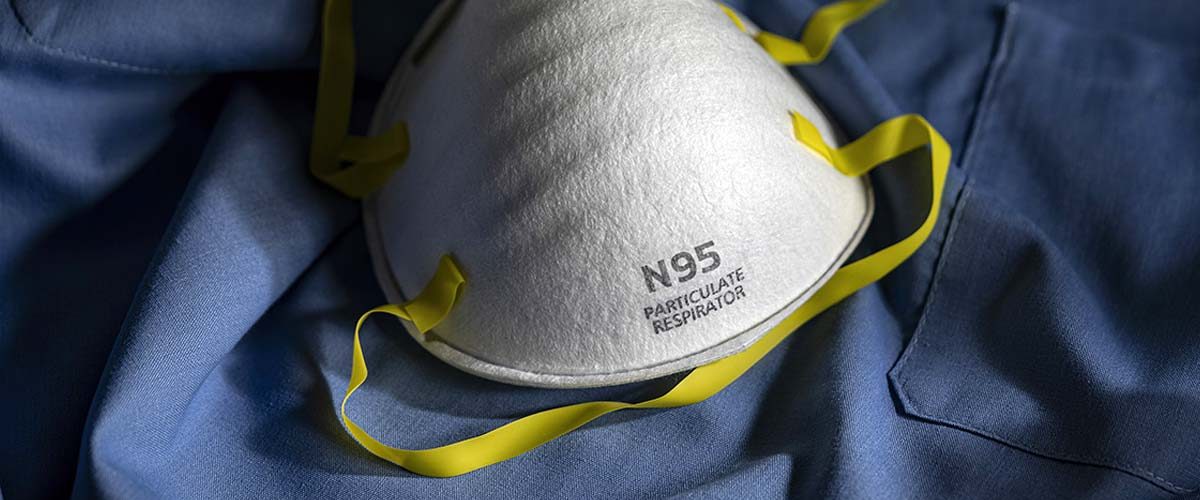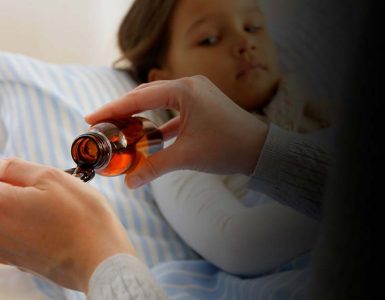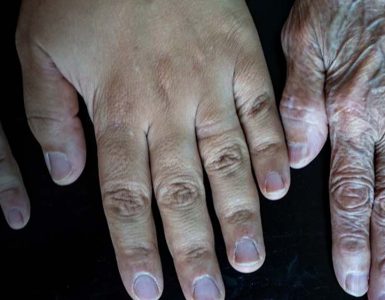Now, researchers at the Department of Energy’s SLAC National Accelerator Laboratory, Stanford University, and the University of Texas Medical Branch may have a solution: Using a combination of moderate heat and high relative humidity, the team was able to disinfect N95 mask materials without hampering their ability to filter out viruses.
What’s more, it should not be too difficult to turn the new results into an automated system hospital could use in short order — because the process is so simple, it might take just a few months to design and test a device.
This is an issue, so if you can find a way to recycle the masks a few dozen times, the shortage goes way down,” said Stanford physicist Steven Chu, a senior author on the new paper. “You can imagine each doctor or nurse having their collection of up to a dozen masks. The ability to decontaminate several of these masks while they are having a coffee break will lessen the chance that masks contaminated with COVID viruses would expose other patients.
The team reported their results on September 25th in the journal ACS Nano.
Facing a shortage of masks early this year, researchers considered several ways to disinfect them for reuse, including ultraviolet light, hydrogen peroxide vapors, autoclaves, and chemical disinfectants. The problem is that many of those methods degrade N95 masks’ filtering abilities so that at most, they could be reused a few times.
In the new study, the Chu, University of Texas Medical Branch virologist Scott Weaver, and Stanford/SLAC Professors Yi Cui and Wah Chiu and colleagues focused their attention on a combination of heat and humidity to try to decontaminate masks.
Working at the World Reference Center for Emerging Viruses and Arboviruses, which has biosafety measures in place for working with the most contagious viruses, the team first mixed up batches of SARS-CoV-2 virus in liquids designed to mimic the fluids that might spray out of our mouths when we cough, sneeze, sing or breathe. They next sprayed droplets of the brew on a piece of melt-blown fabric, a material used in most N95 masks, and let it dry.
Finally, they heated their samples at temperatures ranging from 25 to 95 degrees Celsius for up to 30 minutes with relative humidity up to 100 percent.
Higher humidity and heat substantially reduced the amount of virus the team could detect on the mask. However, they had to be careful not to go too hot, which additional tests revealed could lower the material’s ability to filter out virus-carrying droplets. The sweet spot appeared to be 85 degrees Celsius with 100 percent relative humidity — the team could find no trace of SARS-CoV-2 after cooking the masks under those conditions.
Additional results indicate masks could be decontaminated and reused upwards of 20 times and that the process works on at least two other viruses — a human coronavirus that causes the common cold and the chikungunya virus.
Weaver said that although the results are not especially surprising — researchers have known for a long time that heat and humidity are good ways to inactivate viruses — there hadn’t been an urgent need for a detailed quantitative analysis of something like mask decontamination until now. The new data, he said, “provide some quantitative guidance for the future.”
And even after the coronavirus pandemic is over, there are likely benefits, in part because of the method’s application beyond SARS-CoV-2 to other viruses, and because of the economic and environmental benefits of reusing masks. “It’s good all around,” Cui said.
The DOE Office of Science supported the research through the National Virtual Biotechnology Laboratory, a consortium of DOE national laboratories focused on the response to COVID-19, with funding provided by the Coronavirus CARES Act and by the World Reference Center for Emerging Viruses and Arboviruses, funded by the National Institutes of Health.
Source: DOE/SLAC National Accelerator Laboratory
















very informative
Remarkable findings!!
Thank you for this great information.
Finally dedicated research for ecological welfare
Good
Very Informative.Didn’t know that mask can be decontaminated and reused upwards of 20 times..These Findings are remarkable.. Keep it up!